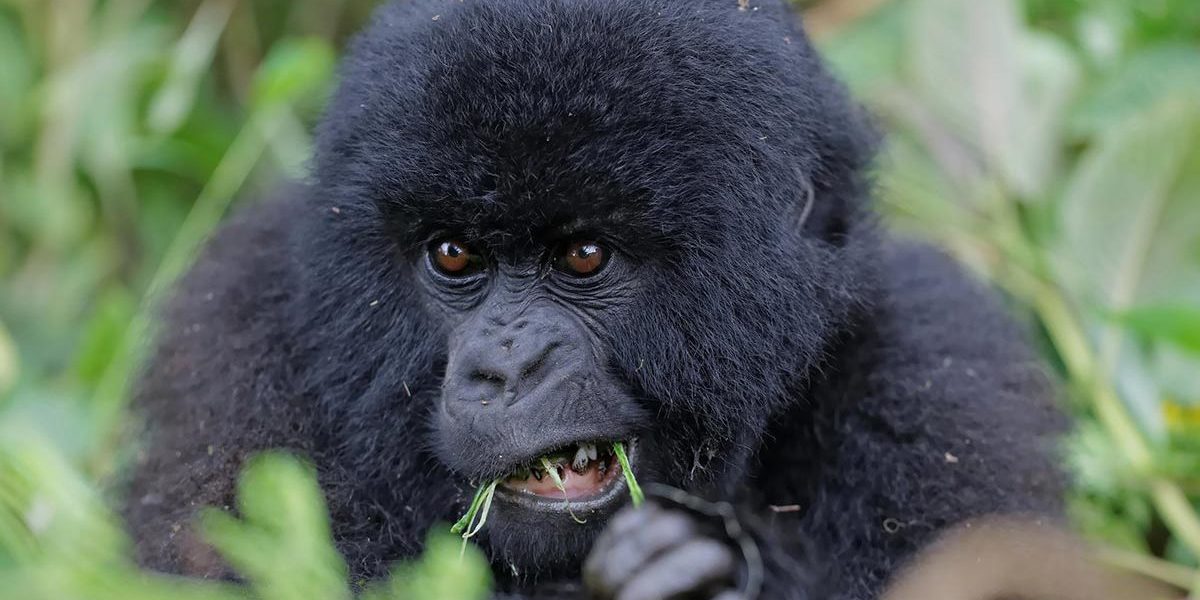Gorilla Trekking in Mgahinga Gorilla National park is less popular compared to Gorilla trekking in Bwindi Forest national park.
Mgahinga, unlike Bwindi, is a much smaller national park in size and has only 80 mountain gorillas. Gazetted in 1991, the park is approximately 33 sq. Km (13sq.mi) in size and is located along the great Virunga-ridge bordering Rwanda and DR.Congo.
Of the 80 Mountain gorillas that roam the foothills of the three (03) Volcanoes Inside Mgahinga National Park, only 10 individuals are fully habituated and belong to the Nyakagezi Gorilla group. This group was opened for tourism in 1994 after undergoing a 3-year habituation program that started in 1991. For an individual to track gorillas in Mgahinga he /she has to have a permit allowing them to indulge in Gorilla Trekking. Mgahinga Gorilla permits cost USD600 per person and will increase to USD700 per person effective 01/July/2020.
Note: Besides the resident Nyakagezi gorilla group, at the end of 2019, Hirwa gorilla family crossed over from neighbouring volcanoes national park in Rwanda, and “pitched camp” in Mgahinga Gorilla Park. This brings the gorilla groups available for trekking to 02. However, Gorilla permits to trek the Hirwa gorilla are sold on a day to day basis. Travellers can’t pre-book and pay for these in advance. this because we are not sure how long the Girwa group will stay on the Ugandan side.
A gorilla permit to trek Hirwa group in Rwanda costs USD1,500 per person, and USD600 per person while the group is still in Uganda.
In a bid to properly manage the cross-border wildlife crisis. Out of the USD600 per person paid for Gorilla permit to trek Hirwa Group while it is In Uganda. Both Uganda & Rwanda split 50% – each gets $300.
How to book Mgahinga Gorilla Permits
Gorilla permits to trek gorillas in Mgahinga are sold or issued by Uganda Wildlife Authority – UWA after full payment of the gorilla permit fees as mentioned above. While these can be directly reserved by individuals, we recommend working with a reputable local tour operator (See: Why book a gorilla safari through a local tour Operator).
However, before you decide on who or which tour operator to book your Mgahinga Gorilla permit(s) with, ensure that the company you intend to deal with is a current member of the Association of Uganda tour Operators – AUTO. You can confirm this by visiting the AUTO website, email them; admin@ugandatouroperators.org or even call them on +256 414 542 599 / +256 702 542 599.
Best time to go gorilla trekking in Mgahinga Gorilla National Park
Gorilla trekking In Mgahinga can be done all-year-round but the best time to go is in the dry season months of June to August and December to January. At this time the forest trails tend to be drier and a lot easier to trek. Trekking in the drier season my give you a better experience and perhaps a lot better photographic time.
Where to stay
There is only one (01) upmarket property situated very close to the park offices. Gahinga Lodge delivers luxury services to its guest. Travellers on a low-budget may consider staying at smaller establishments in and around Kisoro town which is a mere 51 Km (35 minutes) drive away.
Some recommended moderately priced mid-range places to stay while on a safari to Mgahinga Gorilla Park include: Lake Mulehe Safari lodge – overlooking the picturesque Lake Mulehe, Lake Mutanda Resort, and the budget-friendly Mucha resort whose location by the main road is a downside but might.
What to wear/bring on my gorilla trek to Mgahinga.
What to wear on my gorilla trek.
- Sturdy Lightweight walking shoes. the lighter the better. Extra weight on the trek is not good.
- Long-sleeved shirt and trousers to provide extra body protections against thorny shrubs.
- Long socks that allow you tuck you pants in to avoid bugs from climbing into your pants while on the trek.
- Rain jacket in case it rains. Remember you are trekking in a tropical rain forest.
- Gaiters (Optional). Don’t spend On new ones. These can well be substituted with long socks to serve the same purpose.
What to bring on your trek.
- A camera for your photographic needs. Don’t spend BIG on a camera. if you own an iphone, they too take amazing pictures especial under limited forest light.
- Binoculars (optional). They might come in handy when spotting some forest birds. Your ranger will have a pair that he is willing to share.
- A hat (optional). This is to keep branches and leaves let alone bugs from falling into your hair.
- Drinking water. Its a norm for tour operators to provide the guests with Water. check with them to ensure they will provide.
- Packed Lunch. Its a norm for tour operators to provide the guests with Water. check with them to ensure they will provide.
- A Day Pack to carry all your personal items while on the trek.
IMPORTANT ADVICE: KINDLY DON’T IGNORE THIS!
** We recommend using a local porter to assist carry your bag and also give you a hand on the trek to the gorillas. This however, costs EXTRA. (See: Why Use a porter on your gorilla Trek)
Gorilla trekking Rules & Regulations to follow.
- It’s important for all trekkers to observe the Gorilla Trekking Rules and Regulations;
- Do not stare directly into the eyes of the gorillas – Its very tempting since they look just like a human and you want to know what they’re thinking, but don’t dare, Gorilla interprets a direct stare as a challenge – which they are more than willing to respond to by charging at you to protect themselves.
- Be submissive in the presence of the gorillas, they like to be in control over their habitant and family.
- Keep a distance. The recommended distance is 7 -8 metres away from the gorillas to avoid human to gorilla disease transmission. Mountain Gorillas are very susceptible to human diseases and unlike humans, gorillas have very low immunity However, there has been scenarios where the gorillas have come as close as touch some of our clients On a gorilla trek. Its therefore important to maintain gorilla a good disease free health to avoid transmitting any disease to the gorillas.
- NO Flush photography please. Gorillas get aggressive at Camera Flushes.
- Don’t litter. Please respect the Gorillas habitat and keep it as clean as you found it.

